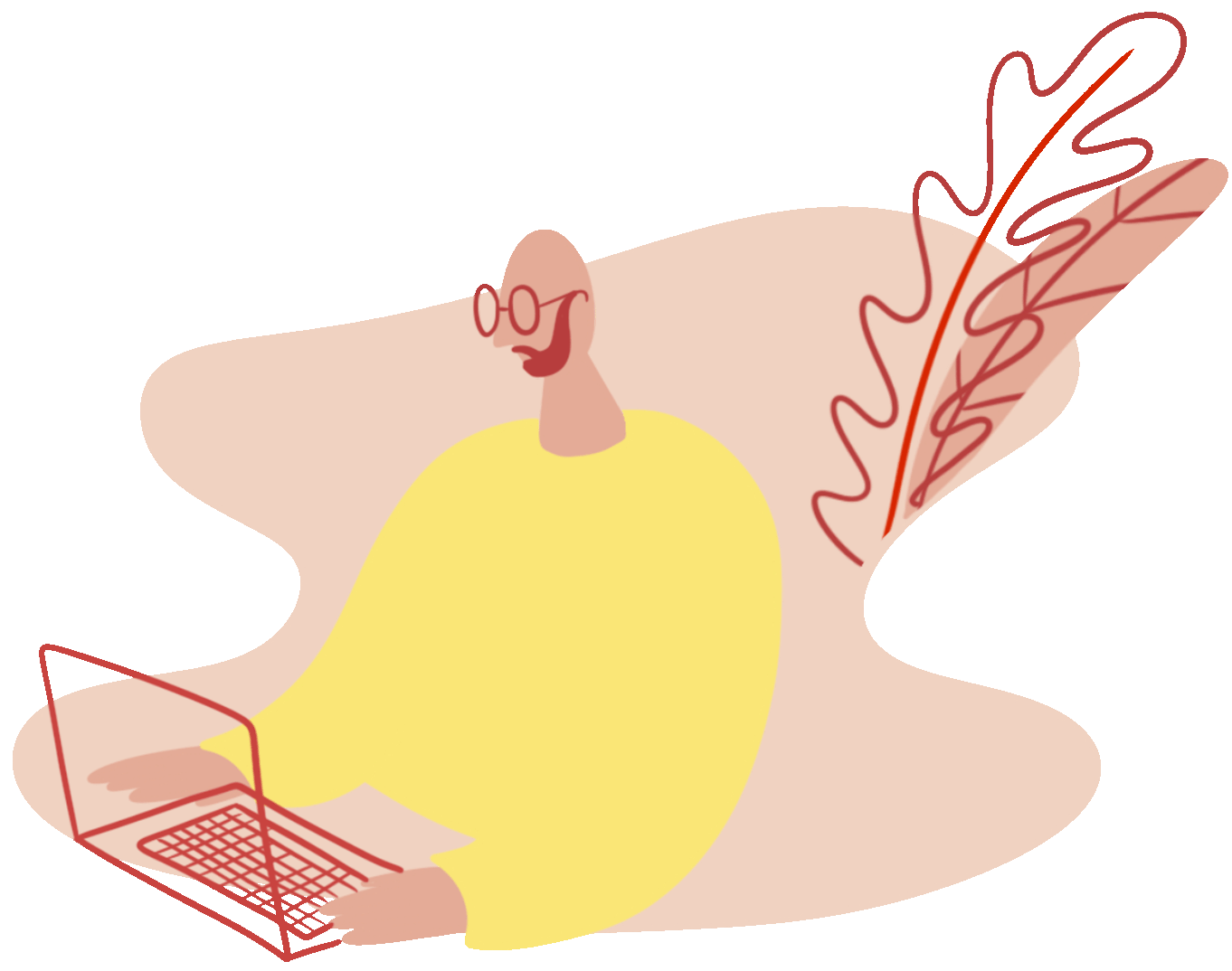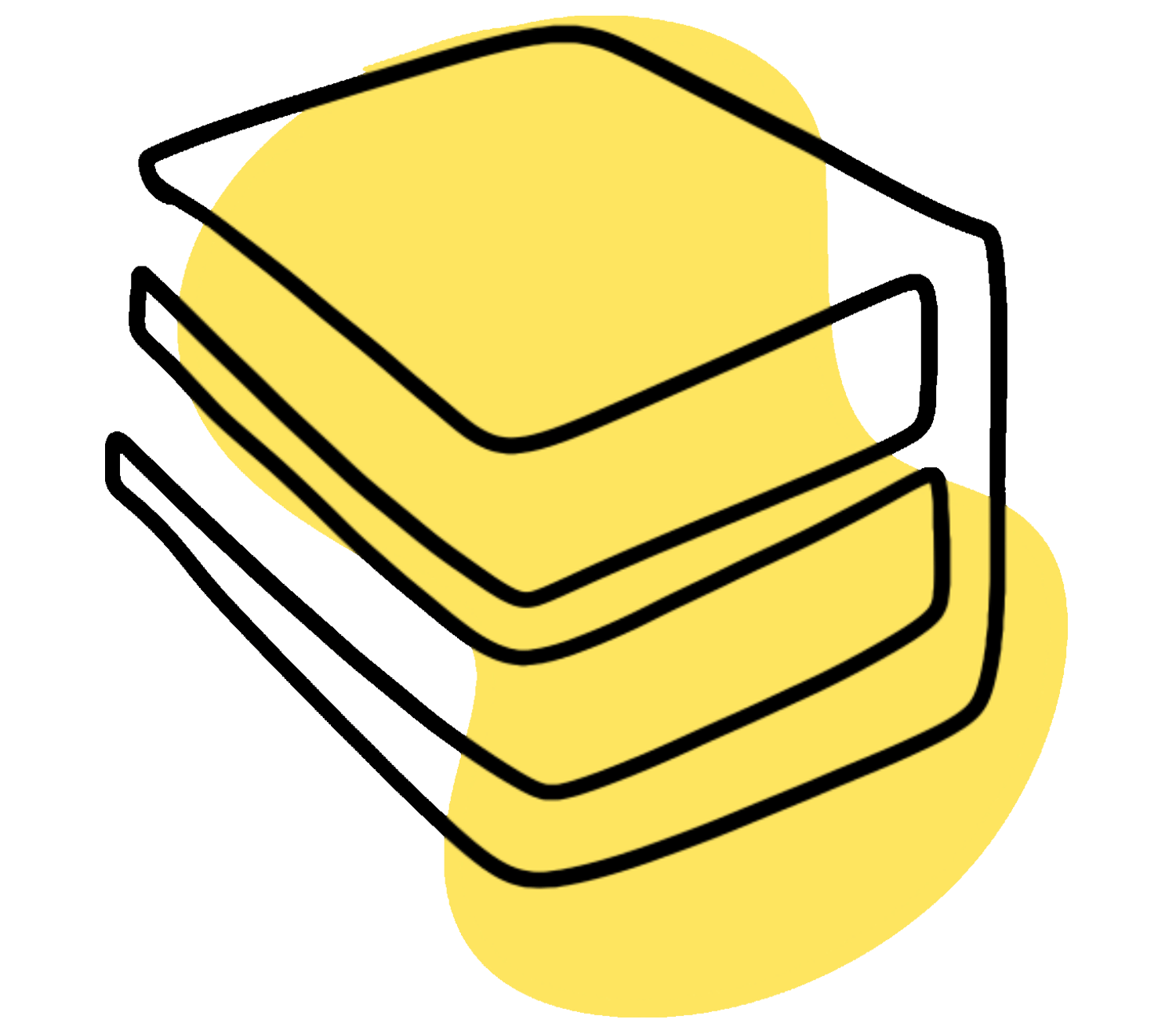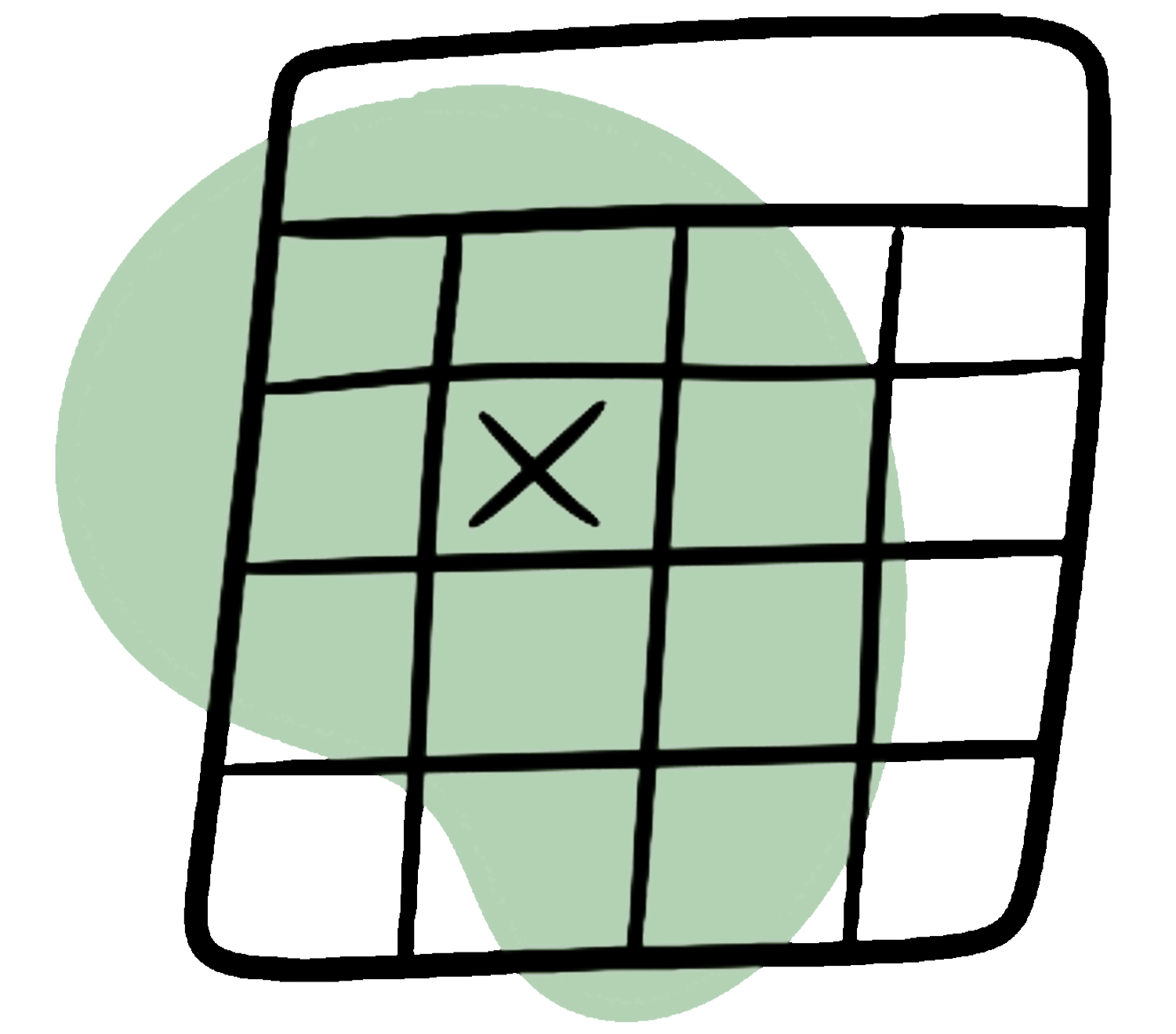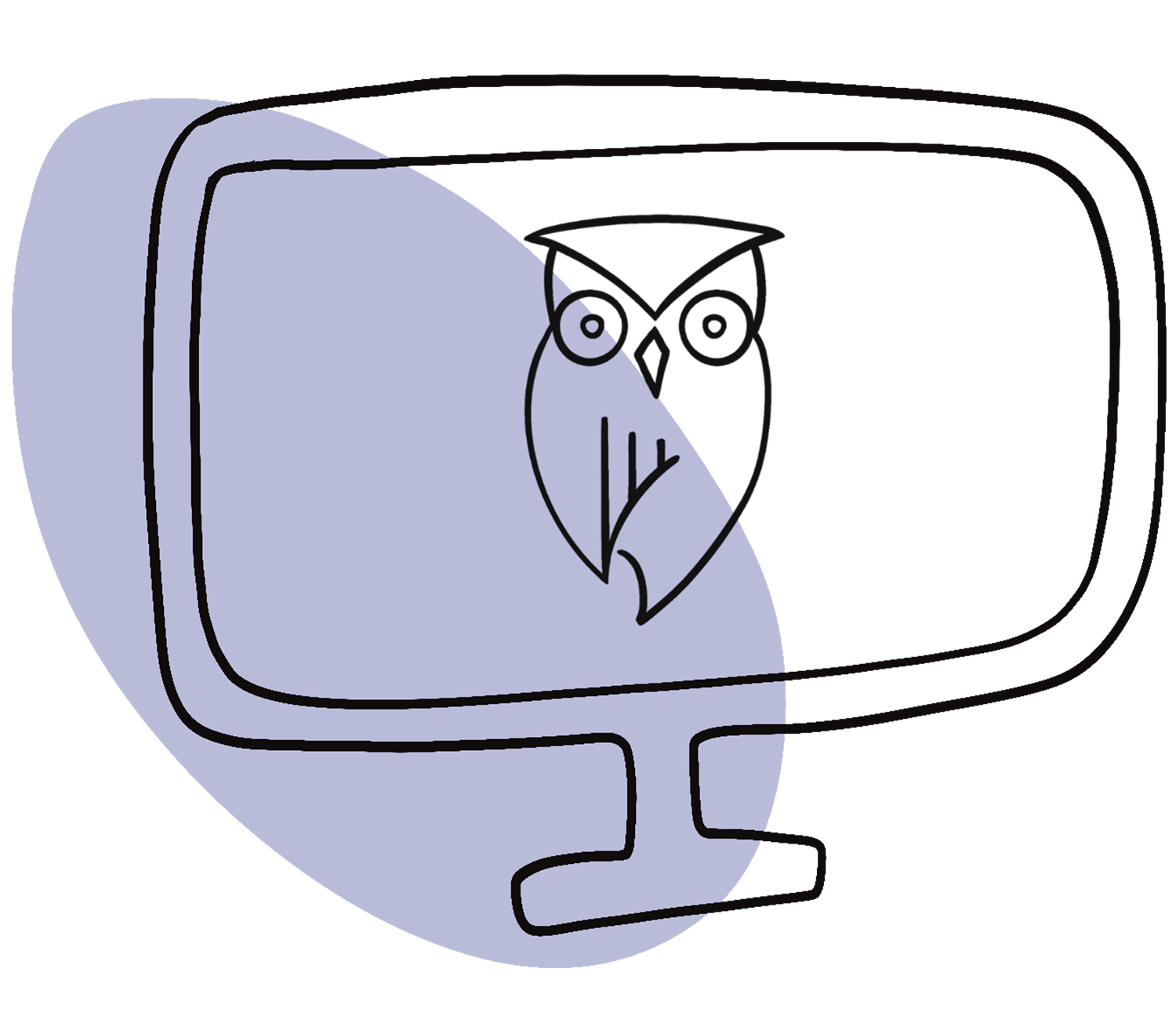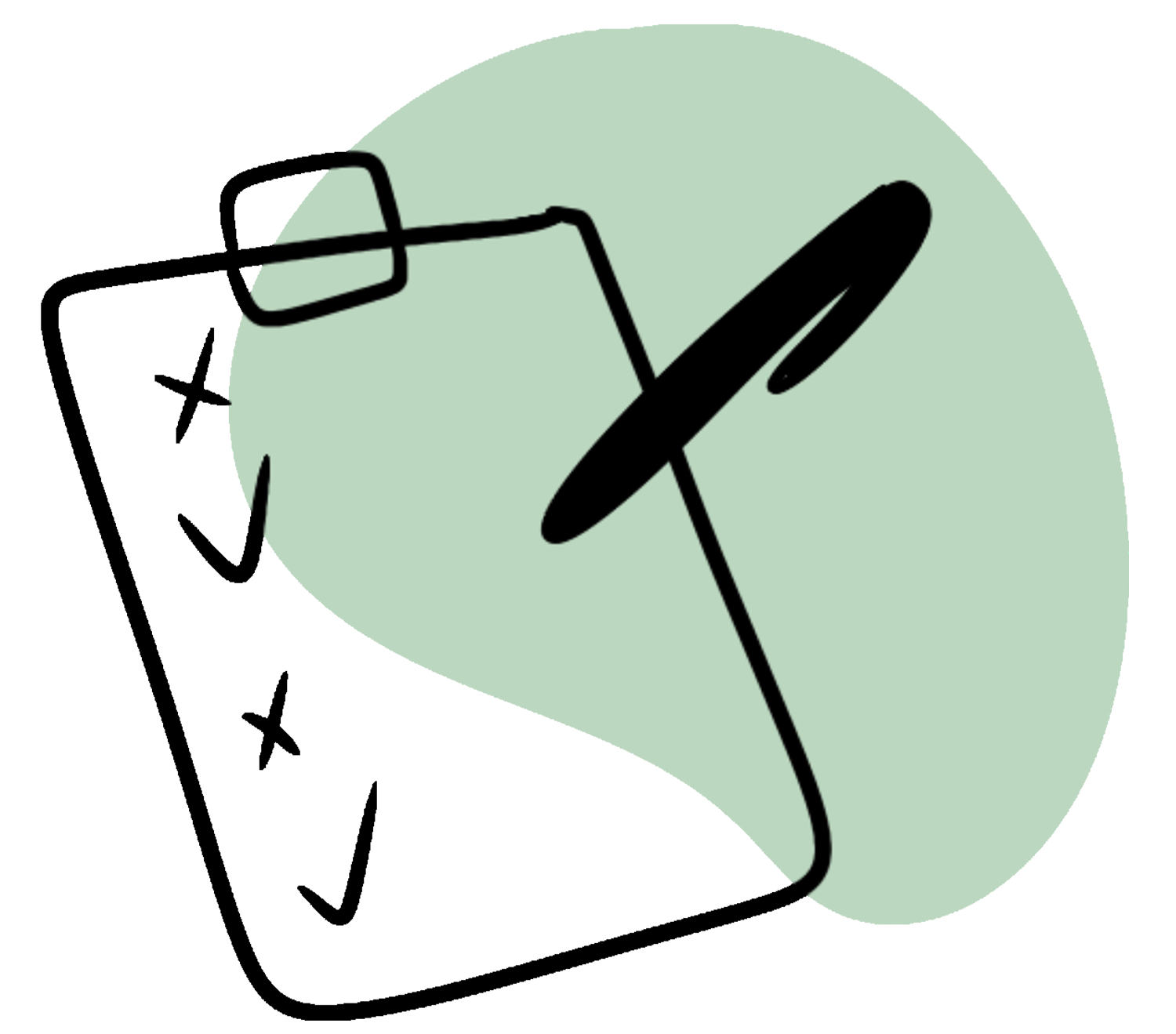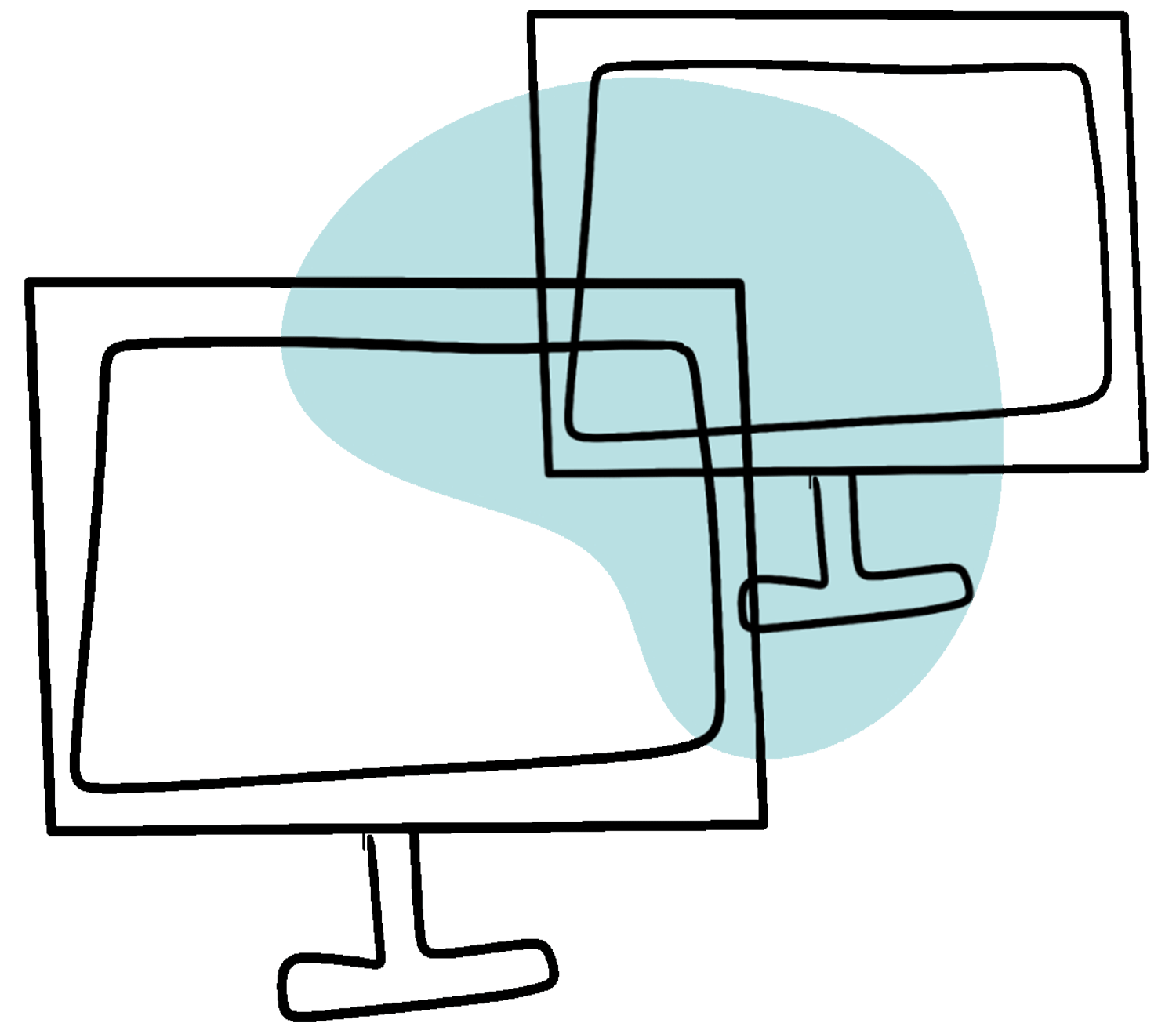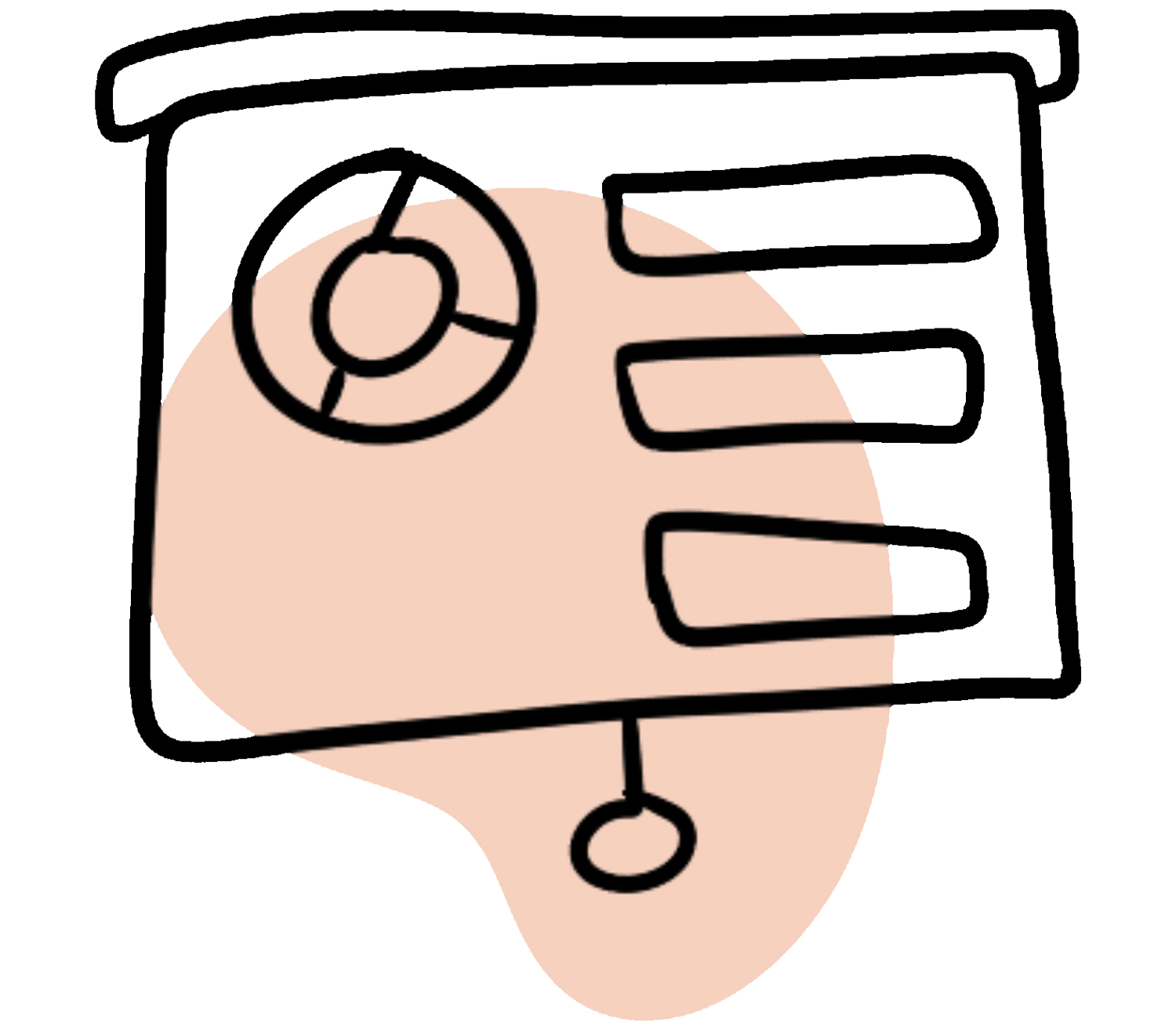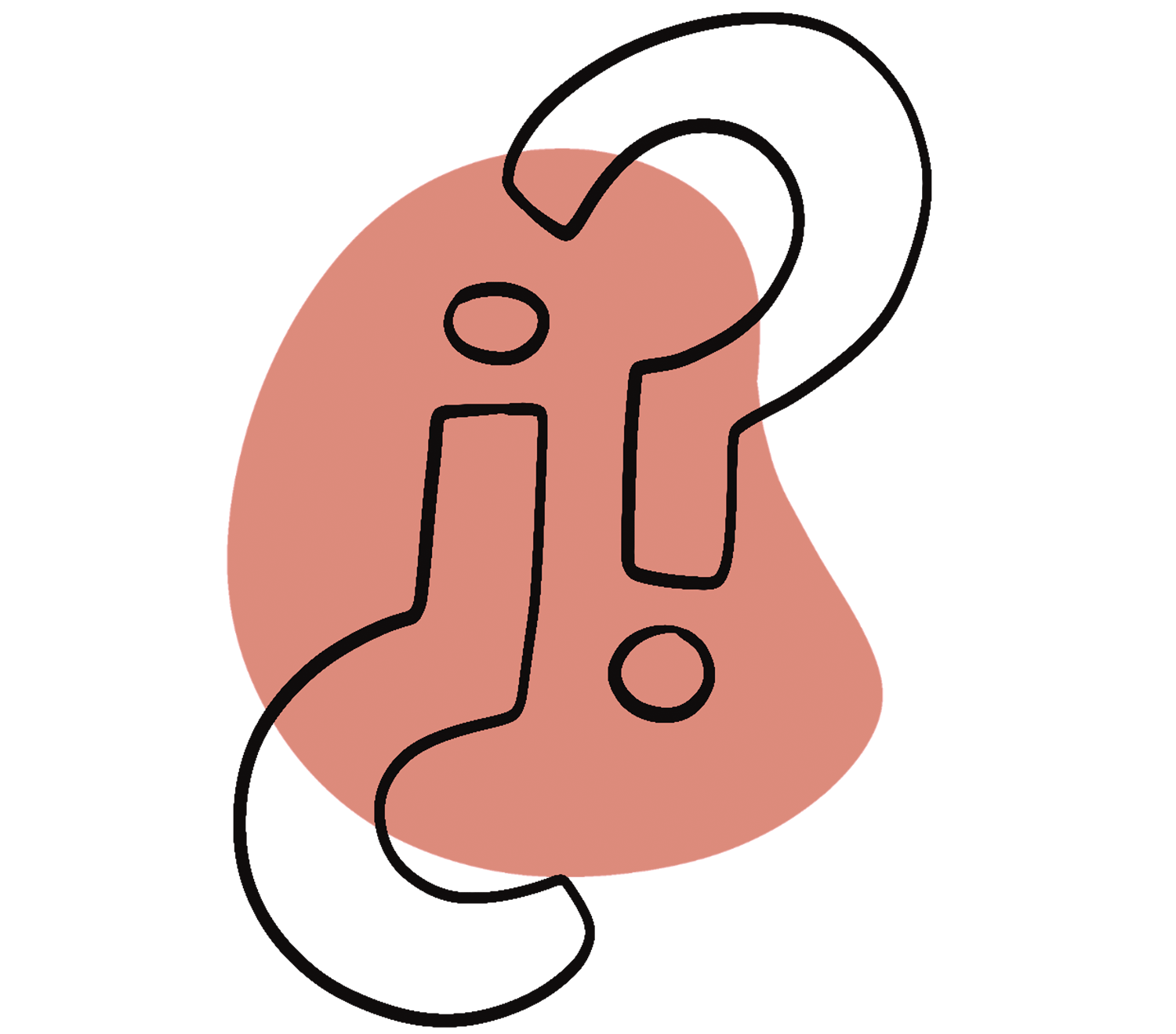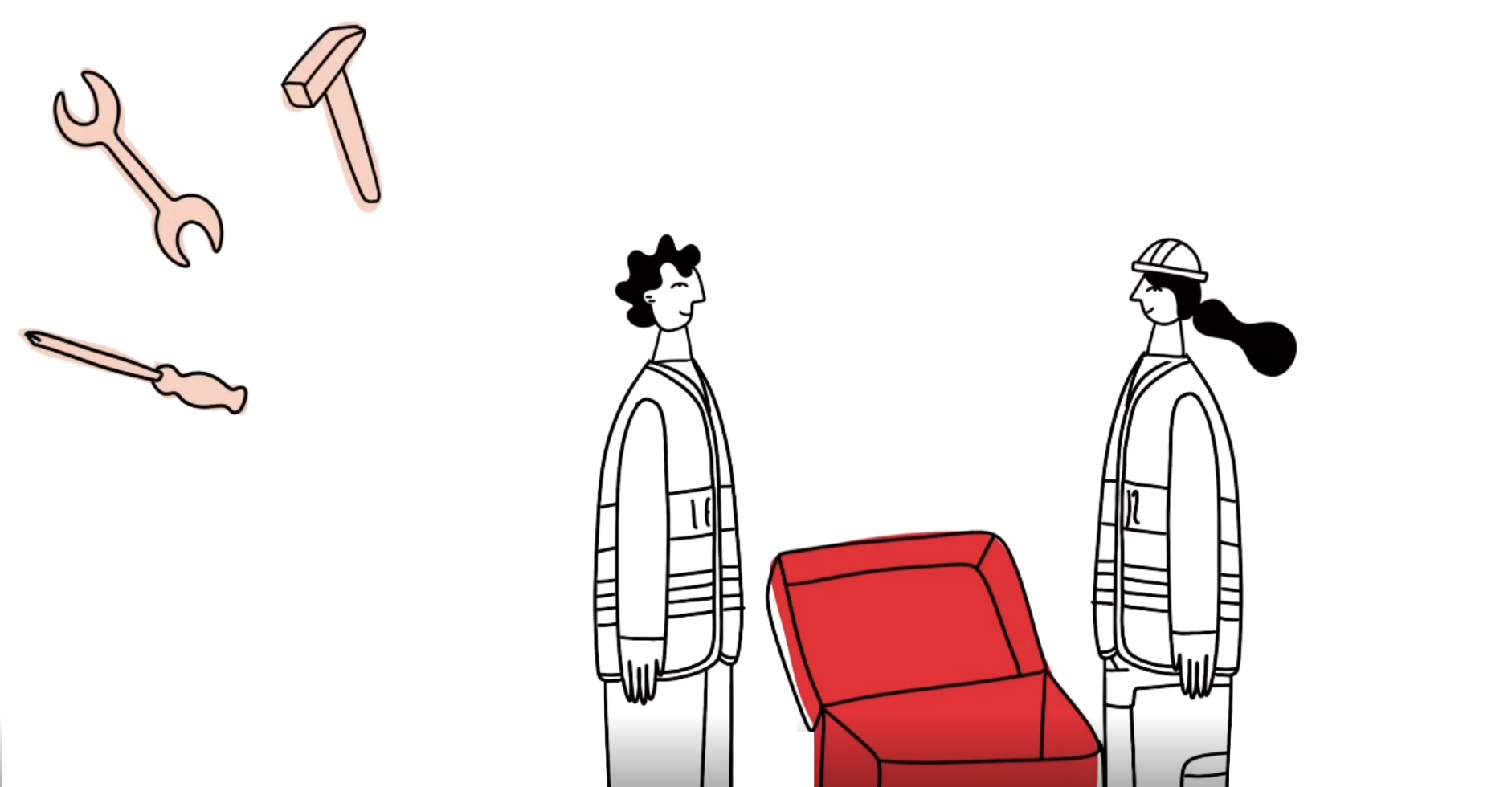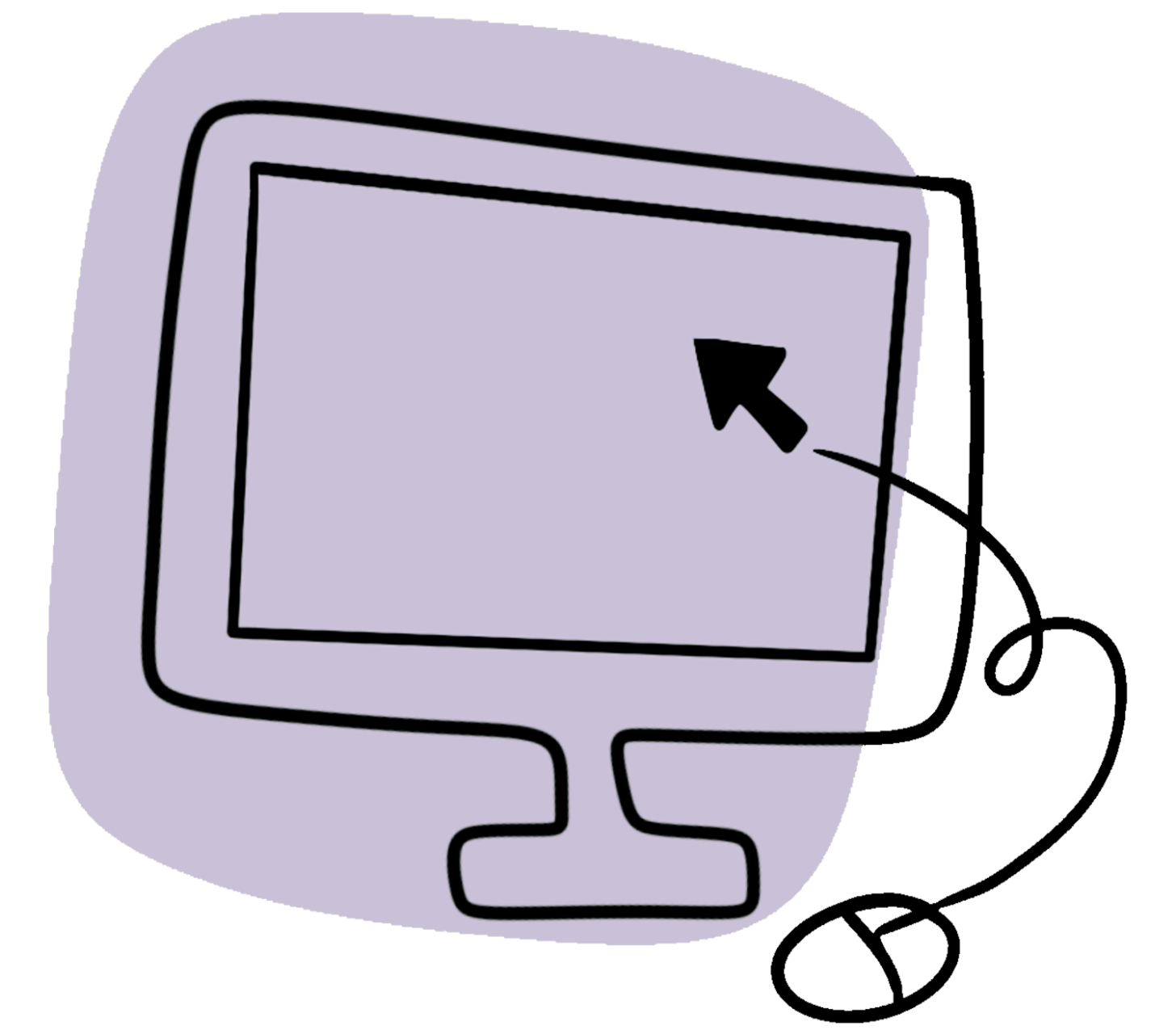
The lists contain a chronological compilation of the titles and page numbers of all graphics or tables in the text. They are titled “List of Graphics” or “Figures” or “List of Tables” or “Tables” and do not receive a numbering in the table of contents.
Graphics and tables are listed in separate lists, and these lists are also included in the table of contents with page numbers.
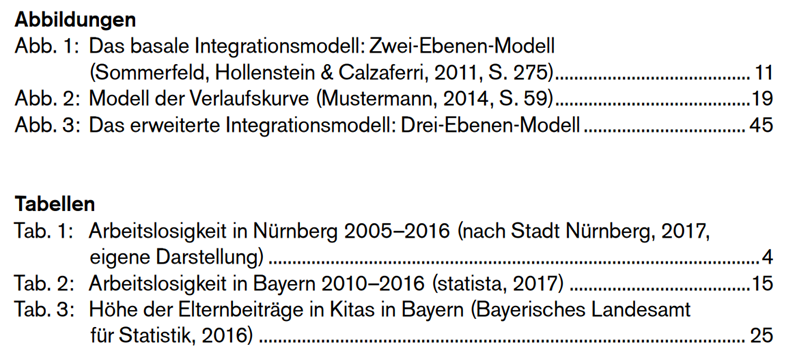
Before creating a list, all tables and figures in your text must be correctly labeled. The label includes the abbreviation “Fig.” along with a consecutive number, the title, and if necessary a short reference when you need to provide a source. For tables though it is very uncommon to use the abbreviation “Tbl.”, so you should try to avoid this.
If you use MS Word, the labeling is done via the function Insert Caption. Enter a precise description (e.g. Table 1: Overview of the experimental results).

Once all tables and graphics are labeled, you can have your word processing program create the lists automatically.
Place the cursor where the list should appear (e.g. after the table of contents). In MS Word, go to References → Insert Table of Figures… and then choose the desired category Table or Figure. If necessary, you can still adjust the layout.
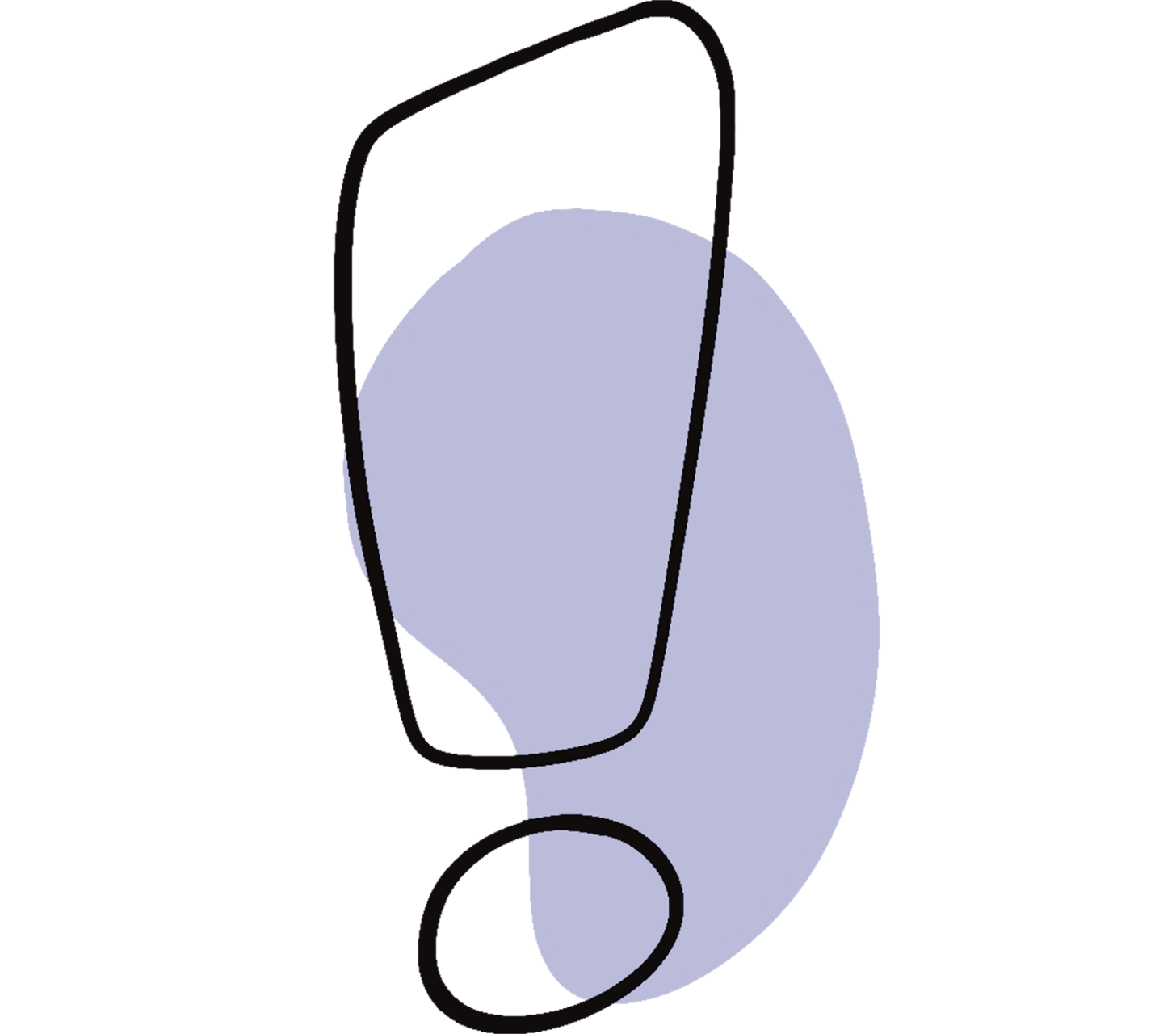
Figures and tables you include from your sources in your academic paper are treated the same way as direct quotes regarding citation – that is, they are given a short reference in the caption and a full citation in the bibliography.
Of course, you can also create your own visual elements to support the understanding of the text. Graphics and tables are inserted into the text and labeled appropriately.
Some lecturers want the caption to include the note: own illustration. Others consider this unnecessary because everything in your academic paper that is not cited is attributed to you. It’s best to ask!
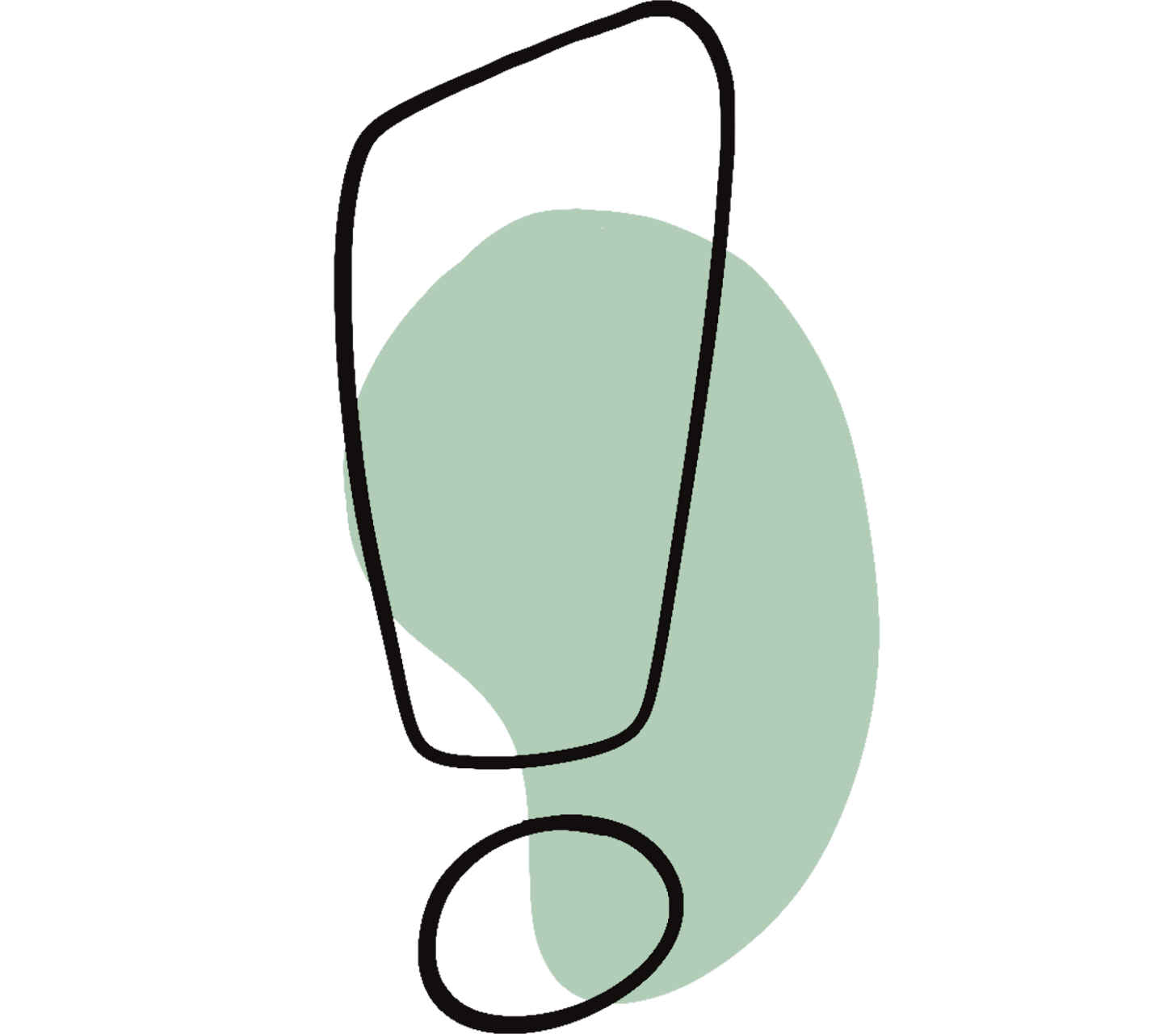
Why do I need lists of graphics and tables?
These lists provide a clear overview of all tables and graphics used and play a key role in making academic texts understandable and transparent.
Why is it important that tables and figures are labeled and numbered?
This makes it easier for readers to understand the content presented, as they can clearly link it to the reference in the text. They should have clear headings and be numbered, so readers can identify them.
This article was published in August 2025 and last updated in April 2025.

